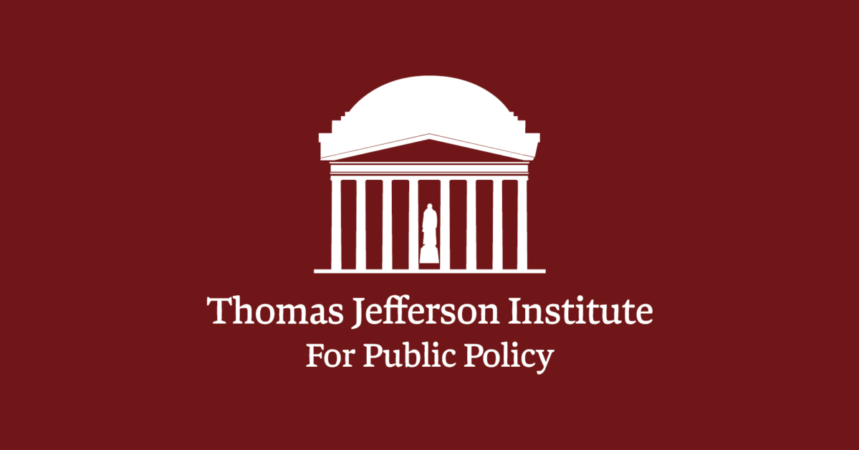 “A Higher Gas Tax Won’t Fix America’s Highways.” That headline on a March 2nd Bloomberg news story is correct, since per-gallon fuel taxes are increasingly unsustainable, due to ongoing changes in vehicle propulsion methods. That point was stressed in the 2018 Economic Report of the President, released late last month by the Council of Economic Advisers. “Innovations such as user fees for vehicle miles traveled—as are being pioneered in Oregon, for example—and highway tolls that vary with congestion can increase efficiency and raise needed revenues to pay for infrastructure improvements and additions to capacity,” the report said.
“A Higher Gas Tax Won’t Fix America’s Highways.” That headline on a March 2nd Bloomberg news story is correct, since per-gallon fuel taxes are increasingly unsustainable, due to ongoing changes in vehicle propulsion methods. That point was stressed in the 2018 Economic Report of the President, released late last month by the Council of Economic Advisers. “Innovations such as user fees for vehicle miles traveled—as are being pioneered in Oregon, for example—and highway tolls that vary with congestion can increase efficiency and raise needed revenues to pay for infrastructure improvements and additions to capacity,” the report said.
Transitioning from per-gallon to per-mile, however, will be a complicated endeavor. Public opinion surveys show little support for per-mile charging—in part because most people don’t understand it. Many think it would be an additional “tax” on driving and most also assume that it would require the government to keep track of when and where everyone drives. That’s why the growing number of state pilot programs, partly funded by federal grants, is critically important. Some general lessons from the pilot programs thus far are that:
- It’s important to offer motorists a choice of ways to pay;
- Participants always understand that the per-mile charge is instead of, not in addition to, the gas tax;
- Commercial vendors can handle communications and account management, keeping any detailed data out of the government’s hands.
Participation in a pilot program leads to far greater understanding of how mileage-based user fees would work, and participant surveys show high levels of satisfaction and generally a judgement that paying per mile is fair, including for rural residents who mostly drive gas-guzzling vehicles like pickup trucks.
Getting underway this year are pilot projects in a number of new states, as well as the first multi-state projects: one between California and Oregon and another encompassing a group of states along I-95 on the east coast. In addition, commercial trucks are being added to pilot projects, including the pilot being run by the I-95 Corridor Coalition.
Given how much is still to be learned, calls for Congress to launch a federal MBUF are very premature. That applies to a proposal earlier this month by well-meaning Rep. Sam Graves (R, MO), a contender to be the next chairman of the House Transportation & Infrastructure Committee after current chairman Rep. Billl Shuster (R, PA) retires at year-end. Graves proposed adding a “federal mileage tax” as an alternative to current calls for increasing federal gasoline and diesel taxes. In addition to being premature, imposing an additional federal “tax” on motorists and truckers could create a serious backlash against the MBUF concept.
In my view, the biggest challenge facing this needed transition is the idea that it should be a tax, rather than a user fee. Fuel taxes began as pure user taxes: highway users paid the tax, the money was set aside in dedicated highway funds, and the proceeds were spent to benefit those same highway users. That principle was pretty well adhered to for about 50 years, but since then has broken down. Both federal and state governments now spend fuel taxes on a wide array of public works projects, many of which produce little or no benefit to those who pay for them. And that, in turn, explains the vehement opposition to a federal “tax increase” right after Congress has given Americans a significant tax cut. (See recent statements by Speaker Paul Ryan, Americans for Prosperity, and any number of taxpayer groups.)
The single most important success factor to enable the needed transition from per-gallon to per-mile is to make MBUFs true highway user fees, not some new kind of tax. In designing the MBUF, we should try to solve all the problems with fuel taxes. One of those, of course, is the ongoing changes in vehicle propulsion. Another is that fuel taxes are not indexed for inflation. But the third is that, to most people, they are no longer user fees but taxes, pure and simple. And that means endless debates and battles over increasing them, when needed, to maintain high-quality roadways as travel grows and the cost of building and maintaining them increases.
We don’t fund our other vital infrastructure that way. We pay our electric bill directly to the electric company, based on how much we have used. We pay our natural gas bill the same way, and our water bill, and our cable/satellite bill, and our mobile phone bill. In all these vital utilities, we don’t have endless political battles over rate increases needed to add capacity to maintain high-quality service. Only the highway system is plagued by such battles—and that’s because highways are funded by a tax.
There are two paths we could go by. One path is to implement a “vehicle miles tax” whose purpose is to fund the vast array of over 100 federal surface transportation programs now encompassed by the Highway Trust Fund. The other is to implement “mileage-based user fees” that really are user fees, restoring the users-pay/users-benefit principle that is the basis of funding all our other public-purpose infrastructure. As Led Zeppelin sang, “There’s still time to change the road we’re on.”
(This article first ran in the March issue of Surface Transportation Innovations)
 Email this author
Email this author






